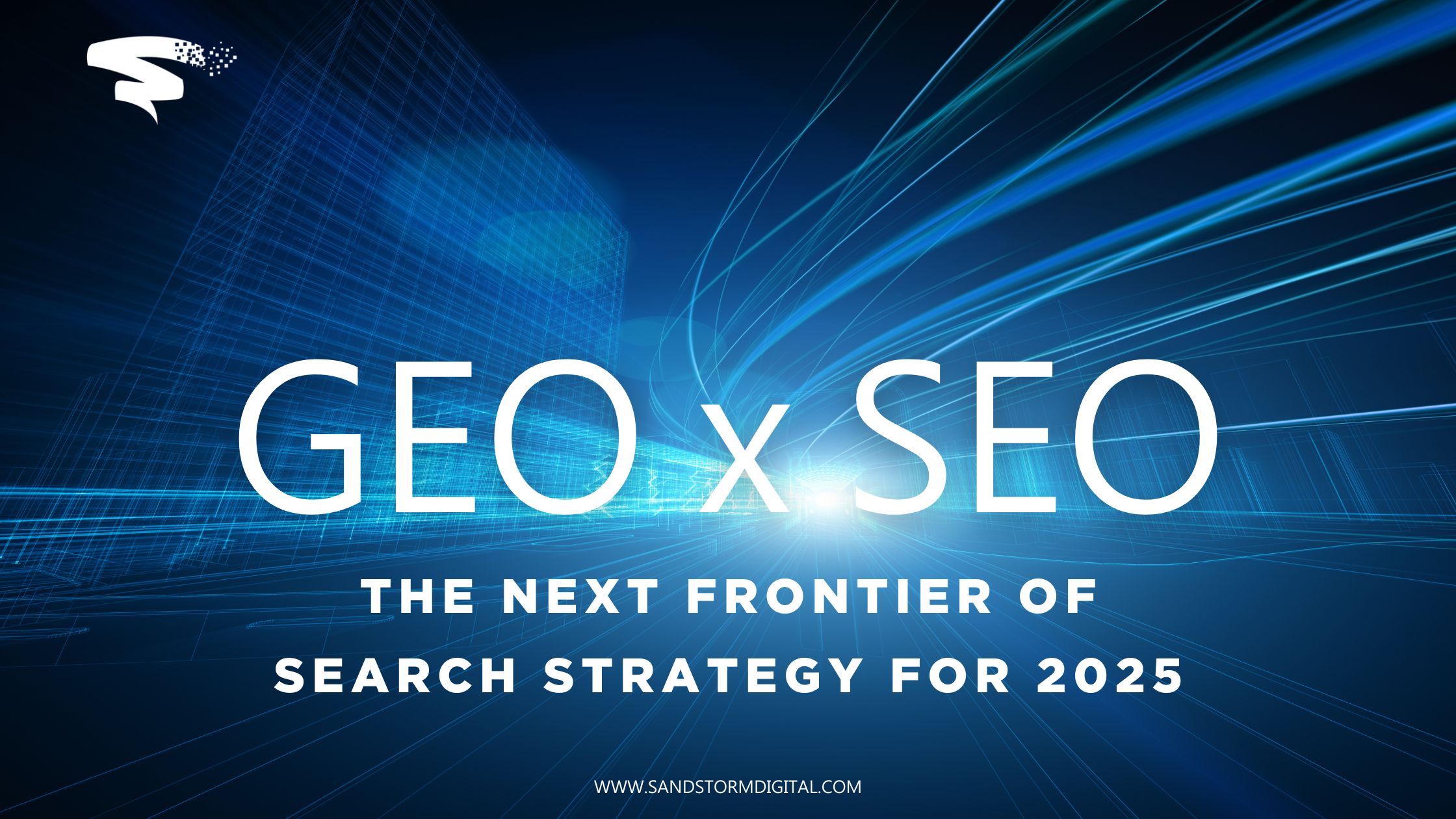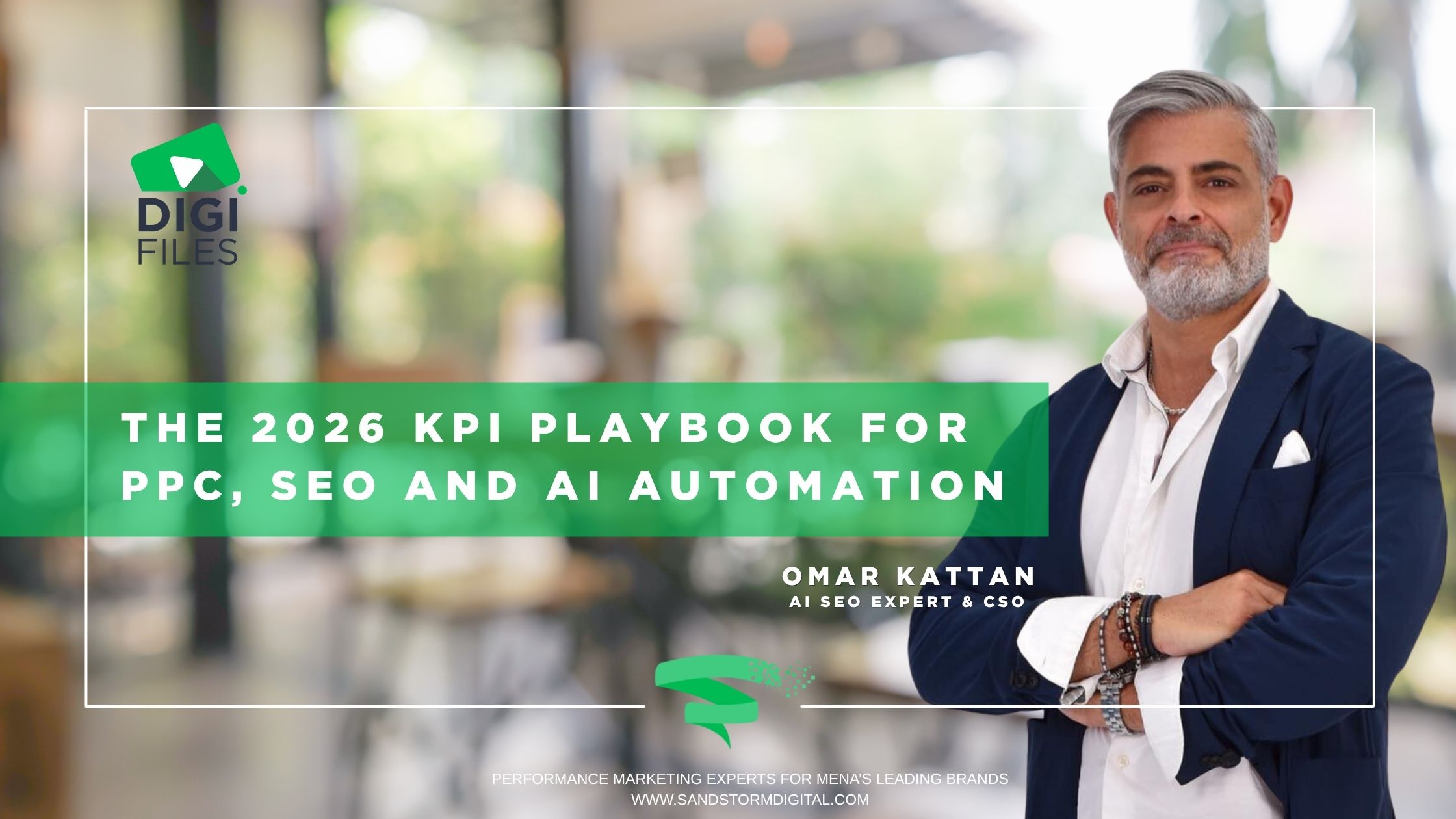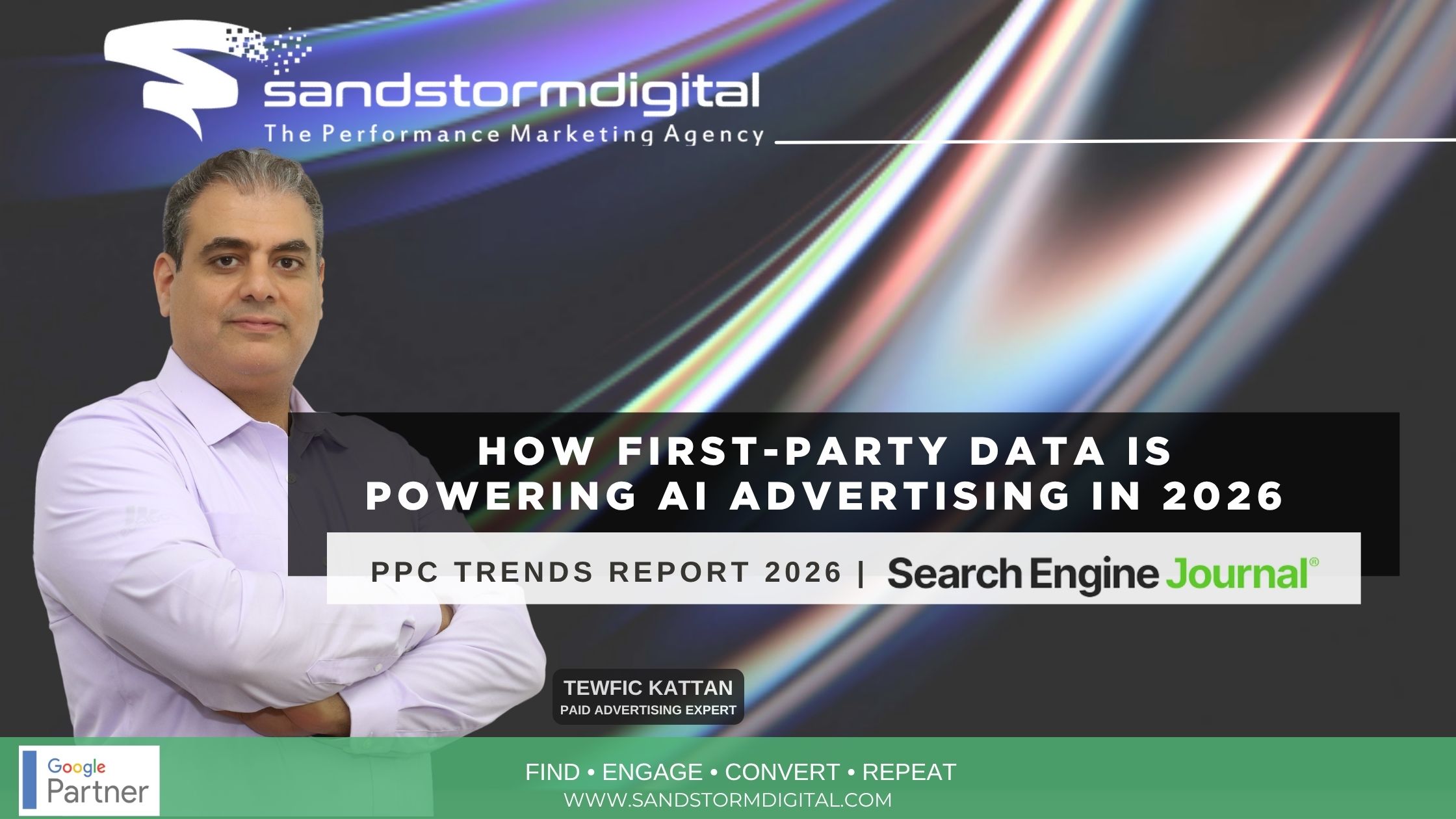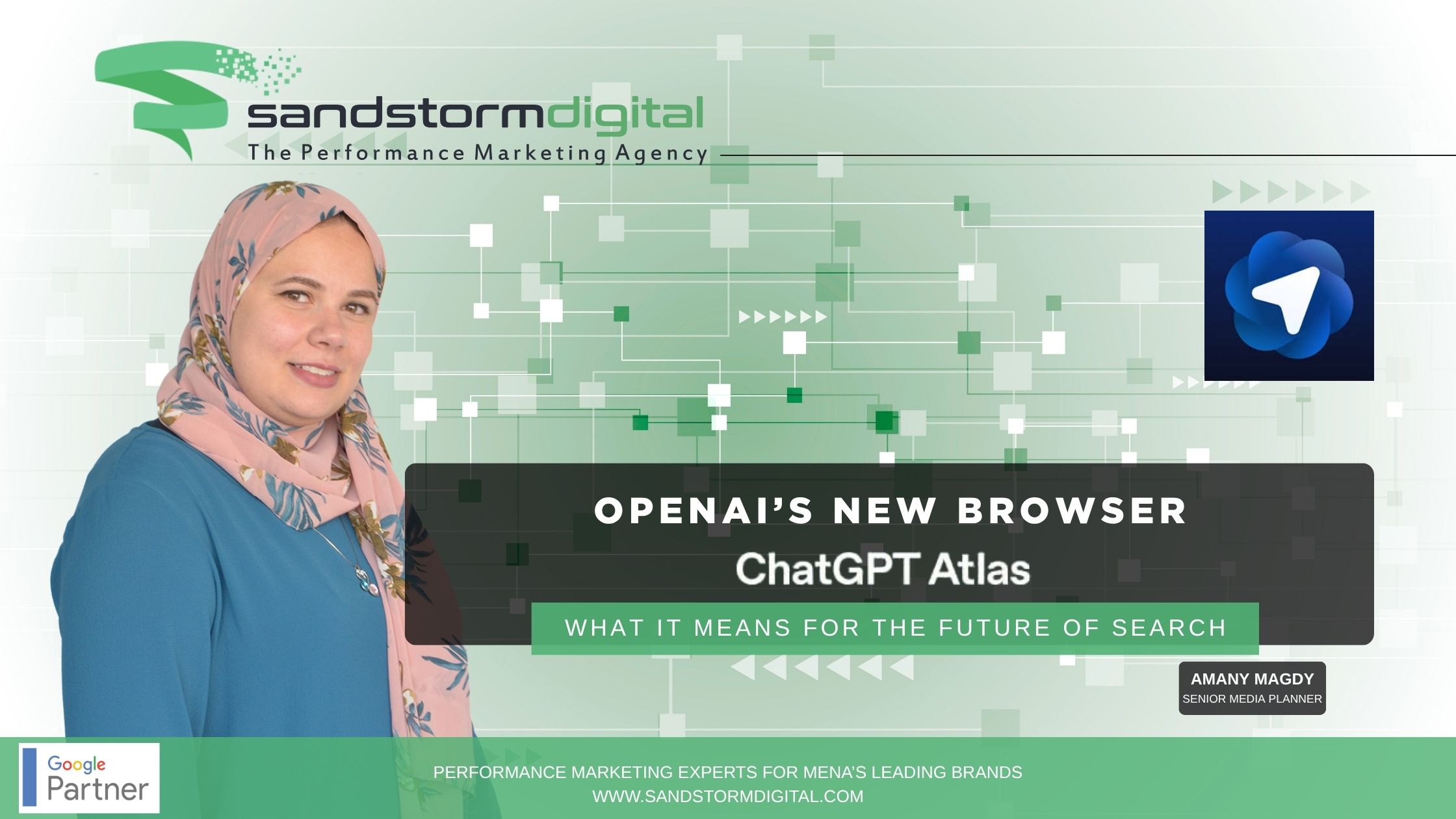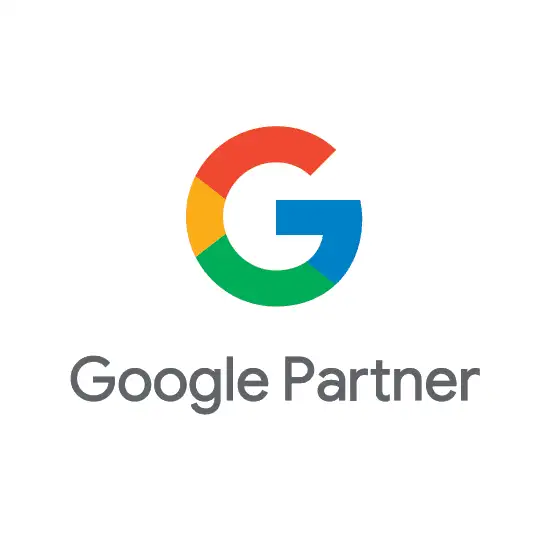In my role as a strategy lead in SEO, one thing has become crystal clear: traditional SEO alone is no longer enough. The rise of AI-driven search means we must expand our playbook.
Enter Generative Engine Optimization (GEO) – the practice of optimizing your brand and content for AI-powered answer engines (think ChatGPT, Google’s AI overviews, Bing Chat, etc.).
This isn’t about abandoning SEO fundamentals, but augmenting them to ensure our brands remain visible when algorithms start answering questions for users.
Why GEO-SEO Is Essential Now
User behavior and search algorithms are evolving fast. People are asking open-ended, natural language questions and expecting instant, chat-like answers. Meanwhile, Google and others are infusing generative AI into search results.
The implication for us as marketing leaders: ranking #1 on Google is no longer a guarantee of visibility. Your brand could have the top organic spot and still be absent from an AI-generated answer. Why? Because AI doesn’t pull answers based on web rankings – it pulls based on relevance, context, and authority in its training data.
Traditional SEO focused on three pillars – crawlability, indexability, rankability – to get content seen. Now there’s a fourth pillar: retrievability. This is about ensuring AI systems can find and use your content when generating answers, even if no direct click occurs. Crystal Carter at Wix put it succinctly:
“Where we once stopped at rankability, we now need to add retrievability — ensuring that our core brand data is accessible and prioritized by LLMs.”.
In practice, this means making your brand an obvious source of knowledge in your domain so that AI models want to quote you. It’s becoming essential because AI-driven search is already changing discovery. A recent BrightEdge analysis found 82% of Google’s AI answer citations come from deep content pages, not homepages.
In fact, homepages accounted for only 0.5%. That’s a huge shift – AI prefers specific, context-rich content that directly answers questions over generic top-level pages. For strategists, this underscores that being the best answer is just as important as being the top result. GEO helps ensure your answer is the one AI delivers.
Aligning with User Intent and Evolving Algorithms
At its core, GEO is about aligning our digital presence with user intent in the AI era. If users ask, “What’s the best fitness tracker for hikers?” an AI might not show the 10 blue links – it will tell them an answer, citing a few sources. We want our brand to be one of those sources. That means our content must anticipate user questions and provide authoritative answers in a format AI can easily digest.
Search algorithms (including local search and personalized results) are getting smarter at understanding context, location, and intent. They’re leveraging natural language processing and large language models. GEO aligns with this by focusing on entities and semantic relationships – essentially speaking the same language the algorithms do.
Instead of just stuffing keywords, we’re ensuring our content clearly defines who we are, what we offer, and why we’re credible. This includes using schema markup and structured data so algorithms can easily pick up important facts about our business (think locations, products, services, expertise). When done right, it boosts our chances to appear in local AI-driven results as well, because the AI can connect the dots that our brand = relevant answer in [X] region or context.
Crucially, GEO shifts the emphasis from just keywords to knowledge. The goal is to have our brand consistently mentioned in the trusted sources the algorithms draw from. In an AI-first world, brand mentions are the new backlinks.
Historically, SEOs chased backlinks as votes of confidence; now we need to chase brand presence in the places AI trusts. If authoritative sites, databases, or forums in our industry are talking about our brand, that carries more weight with an AI model than a random link would.
The algorithms are evolving to recognize contextual authority: they look for patterns and relationships, not just link counts. By aligning our content and PR to user intent (answering real questions clearly) and staying attuned to how local and global search algorithms incorporate AI, we ensure we’re on the radar when those algorithms serve up answers.
Operational Impact for Brands Scaling Across Regions
Integrating GEO into a broader search strategy isn’t just a tweak – it’s an operational shift. For brands scaling across multiple regions and markets, this has real-world implications:
- Cross-Team Collaboration: SEO can’t operate in a silo if we want to win in generative search. GEO is truly a team sport. Your content strategists, SEO experts, PR/communications team, and even product and customer support teams need to work in concert. For example, regional marketing teams should coordinate with central SEO on content so that key brand messages and data are consistent worldwide. Every mention in a local industry publication or every partnership with a regional influencer feeds the AI knowledge graph about your brand. This requires establishing processes for sharing content ideas, FAQs from customers, and success stories across regions so they can be leveraged globally.
- Consistent Brand Data & Messaging: Scaling across regions means your brand’s information (NAP – Name, Address, Phone for local SEO, product details, company description, etc.) must be uniform and up-to-date everywhere. Discrepancies confuse not only users but AI. Imagine an AI scraping data finds different descriptions of your company in different places – it won’t confidently include you as an answer. Investing in a centralized knowledge base or wiki for your brand that all regional teams use can ensure LLMs get accurate, unified info about your brand. This also means optimizing local listings and knowledge panels in each market so that whether a user in Dubai or New York asks an AI about your product category, the AI has your locally relevant data on hand.
- Process & Training: From an operational standpoint, teams may need new training and KPIs. Content writers should learn to incorporate structured data and important entities into their copy. PR teams should target not just human readership but placements that influence AI (e.g., getting a mention in Wikipedia, or in a top industry Q&A thread). We might introduce metrics like “AI citation share” – tracking how often our brand is mentioned by AI assistants or in search engine generative results – alongside traditional SEO KPIs. This also means updating our search dashboards: it’s not just about Google Analytics and Search Console anymore, but also monitoring tools for brand mentions across the web and perhaps using the APIs of AI platforms to see how we show up.
- Localized GEO Strategy: Just as we localize SEO for different markets, GEO must be localized. Different regions have different authoritative sources. For example, in some countries, a local forum or news site might be a key source that a local AI tends to draw from. Our regional teams need to identify those key local platforms and ensure our brand is present there (through content contributions, press, partnerships, etc.). The operational challenge is managing this at scale – it calls for a playbook that can be replicated: a checklist for each new market that covers SEO basics and GEO basics (e.g., set up local structured data, get listed on local data sources, generate buzz in local digital communities).
Bottom line: embracing GEO at scale forces organizations to break down silos. The payoff is a resilient, future-proof search presence across all markets.
Integrating GEO into Your SEO Strategy: On-Page, Off-Page & Tech
How can you start blending GEO principles into day-to-day search strategy? It helps to group efforts into on-page, off-page, and technical focus areas – much like traditional SEO, but with a GEO twist:
- On-Page SEO (Content) – Treat your website as a training ground for AI. Ensure every piece of content is not only user-friendly but also AI-friendly in structure. This means weaving in relevant entities (people, places, things related to your niche) and answering the kinds of questions users (or AI) might ask. For instance, create FAQ sections, use clear headings, and provide definitions or context for key terms. The better structured and more comprehensive your content, the easier an AI can understand and reuse it. Regularly update content to mirror the language users use when speaking to AI or voice assistants. If people start asking “How does X compare to Y for a small business?” make sure your content directly addresses that. Essentially, build topical authority so that your site becomes the go-to source for detailed answers in your field.
- Off-Page SEO (Digital Presence) – Expand your idea of “link building” to “mention building.” In a GEO context, winning off-page isn’t just about getting a hyperlink, but about being part of the right conversations online. Identify which external sources your target audience (and thus AI) trusts – it could be industry journals, Q&A sites like Quora/Stack Exchange, niche communities like subreddits, or major news outlets. Work on getting your brand featured or cited there. Classic digital PR plays a big role: press releases, thought leadership articles, guest posts, influencer collaborations – these all generate the kind of brand mentions in context that signal to AI models your brand is worth talking about. Also, maintain a strong presence in knowledge repositories: make sure any Wikipedia page about your company is accurate and up-to-date, populate Wikidata or other databases with your info, and keep Google Business Profiles and local listings polished. All these feeds the broader information ecosystem with your brand’s data. The more the AI sees your brand consistently mentioned and associated with key topics, the higher the chance you’ll surface in its answers.
- Technical SEO (Infrastructure) – Think of this as making your site easy for AI to consume. Ensure your website is technically sound: fast-loading, well-structured, and indexable by not just search engine bots but by AI crawlers. On the basics, that means keep your code clean and pages fast (Core Web Vitals still matter – users won’t engage if your content is slow). Layer on schema markup to highlight important info (use schemas like Organization, Product, FAQ, HowTo, etc., as appropriate) – this metadata gives AI a shortcut to understanding your content. Also, explicitly allow and welcome AI-focused crawlers in your
robots.txt(for example, OpenAI’s GPTBot, Google’s Vertex/GenAI crawlers) so your content can be ingested into those models. Consider creating an AI sitemap or feed of your content updates if such practices develop. Essentially, remove any friction that would prevent an AI from accessing or interpreting your site. Another often overlooked aspect: optimize your media (images, videos) with good alt text and transcripts – AIs can and will incorporate that data if it’s relevant. Technically optimizing for GEO ensures the doors are wide open for AI to learn about your brand.
Key Takeaways for Marketing Leaders
- SEO + GEO = Holistic Search Visibility: Combining traditional SEO with GEO strategies is now a must. SEO gets you ranked; GEO gets you referenced. Together they ensure your brand is both discoverable and recommendable in the age of AI.
- “Retrievability” is the New KPI: We need to measure success not just by rankings or traffic, but by how easily our information is retrieved by AI systems. If an AI assistant or search engine can’t find and use your content to answer relevant queries, you’re invisible to a whole segment of users.
- Brand Mentions Build Authority: Focus on building your brand’s digital footprint across trusted sources. Every mention in an authoritative context (news, forums, academic articles, etc.) is a vote of confidence for AI algorithms. This boosts your credibility far beyond what traditional link-building used to achieve.
- Cross-Functional SEO is Non-Negotiable: Break down silos between SEO, content, PR, and engineering. A coordinated effort ensures consistency (in messaging and data) and maximizes your brand’s presence in the places that matter. No single team can tackle this alone.
- Scale it Globally, Adapt Locally: For multi-region brands, integrate GEO principles into your global strategy and empower local teams to execute them. Ensure your core brand information and messaging are consistent worldwide, while also securing local authoritative placements. This dual approach safeguards your visibility across all markets.
- Forward-Looking, Not Reactive: Perhaps the most important takeaway: don’t wait. Generative AI in search is here now, not some distant future. Adopting GEO strategies early is a competitive advantage. It’s a chance to shape the narrative in your industry’s AI answers before your competitors do.
Finally, remember that this isn’t the end of SEO – it’s the next chapter. Just as SEO evolved with every search engine algorithm update, it’s evolving again with AI. As a marketing leader, it’s on us to lead that change. Embrace GEO to future-proof your search strategy. Brands that integrate these practices will not only maintain visibility but build greater trust and authority in an AI-first world. The question to ask your team today is: Are we ready to have our brand be part of the answers our audience gets?
Now is the time to make sure the answer to that is an emphatic yes. Let’s evolve our approach and stay ahead of the curve.

